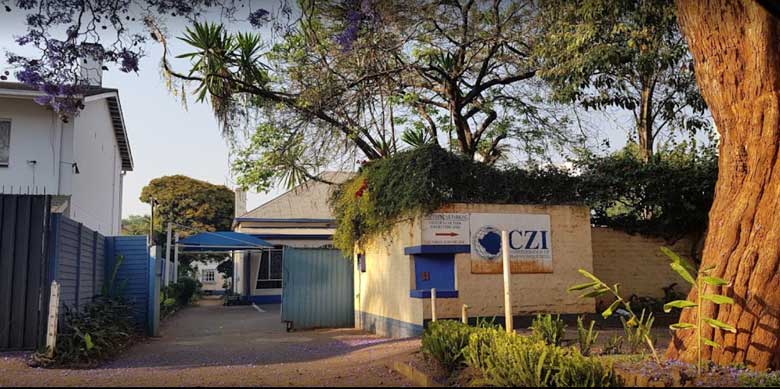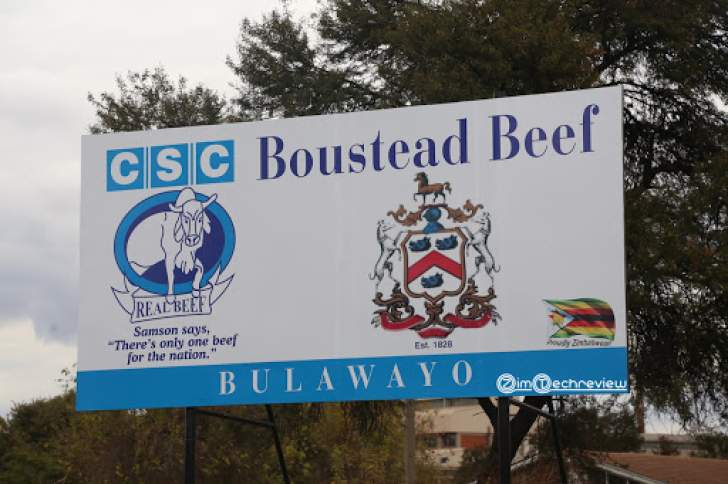
BY MTHANDAZO NYONI
THE depreciation of the local currency as well as excess liquidity on the market has created a dislocation on the country’s capital markets, researchers at Inter Horizon (IH) Securities have said.
IH said this dislocation, seen through the Zimbabwe Stock Exchange (ZSE), has resulted in the majority of stocks punching above their earnings capacity.
Since the beginning of the year, the interbank rate has depreciated by 29,2% from US$1: $81,8 in January to US$1;$105,7 currently.
But it has suffered its worst drabbing on the black market where it has depreciated by about 68,6% from an exchange rate of US$1:$115 in January to between US$1:170 and US$1: 200 currently.
IH said this rate of volatility was precipitating dislocation on the ZSE.
“The depreciating local currency as well as excess liquidity has created a dislocation between fundamentals and market dynamics on the ZSE,” said IH in its report that reviewed stock market performance this year.
“The majority of stocks are punching above their earnings capacity. Part of this liquidity is likely a result of the Reserve Bank of Zimbabwe requirement for banks to surrender their excess liquidity in return for certificates of deposit yielding 0%. The ZSE is currently proving to be both a currency and inflationary hedge.”
- Chamisa under fire over US$120K donation
- Mavhunga puts DeMbare into Chibuku quarterfinals
- Pension funds bet on Cabora Bassa oilfields
- Councils defy govt fire tender directive
Keep Reading
“Using the interbank rate, the market cap has evolved from US$4 billion as at December 2016 to a low of US$1,30 billion in December 2019. Present day market capitalisation is circa US$14.27 billion,” it said.
“We remain skewed towards consumer names — we note that these businesses are now experiencing actual volume growth. This is a departure from 2019-2020 revenues which were driven by hyper-inflation pricing amidst falling volumes,” the researchers say.
“It is our view that whilst Zimbabwe retains its structural challenges, on a relative basis the consumer is experiencing a recovery in spend albeit off a low base and on a disproportionate basis. This spend is clearly reflected in volumes.”
IH said that margins were correcting and reverting to normal.
The ZSE has in real terms increased by 267% year-to-date, they said.
“We favour companies that have fundamentally grown organically or via acquisition,” the researchers said.
IH said there has been a clear destruction in company values since 2016 due to hyperinflation.
“We began to see some recovery from 2020 headed into 2021. It is worth noting that some businesses like Delta have become fundamentally bigger via acquisition and their forecasted earnings capacity is not reflected in valuations,” it said.
The researchers said United States dollar revenues for companies declined in 2019 as inflation gained traction. However, in line with organic sales growth, revenues and earnings before interests, taxes, depreciation and amortisation have recovered, trending upwards since 2020, with increments generally within double digit percentage growth, said IH.










